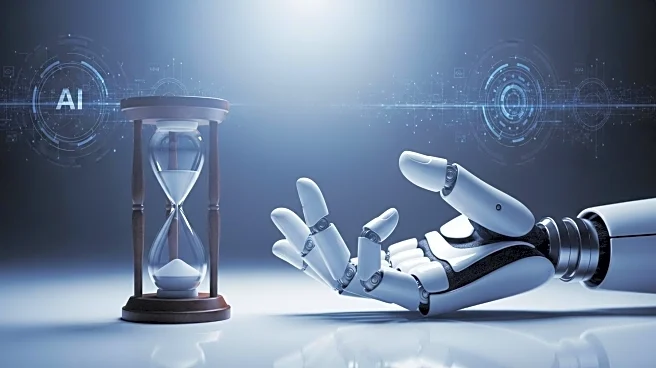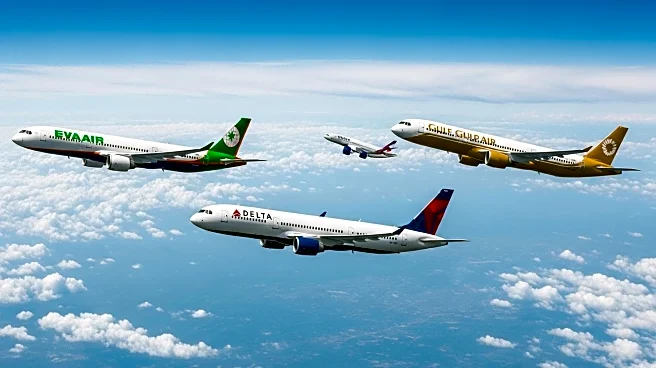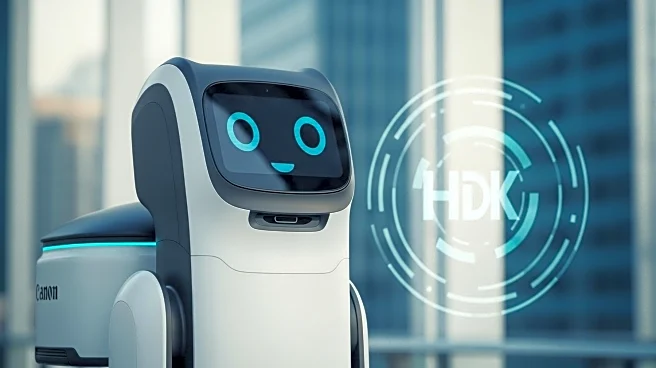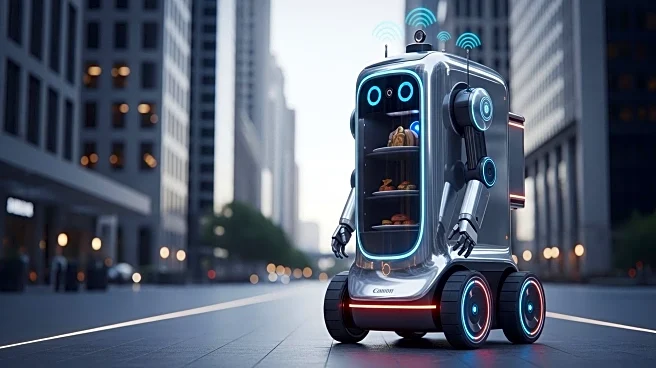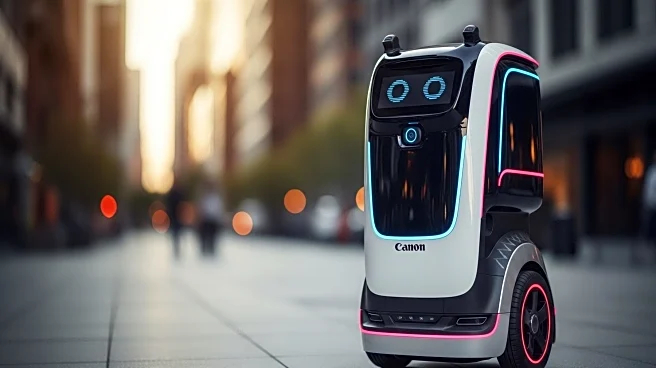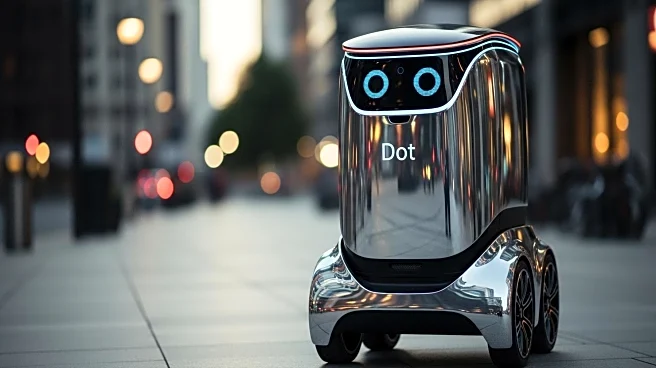What's Happening?
Serve Robotics has introduced a fleet of food delivery robots in Atlanta, designed to transport Uber Eats orders over short distances. These robots, including one named Courtney, have been navigating the city since June. Despite their futuristic appeal, the robots have encountered operational challenges, such as difficulty navigating crosswalks and getting stuck on uneven sidewalks. Initially, they attracted public curiosity, but the novelty has since worn off, and they are now seen as part of the urban landscape. The robots are equipped with sensors and are intended to reduce traffic and emissions by providing an alternative to car-based deliveries. However, their effectiveness and reliability remain in question, as they often appear stationary and have not consistently replaced human delivery workers.
Why It's Important?
The deployment of these robots highlights the growing trend of automation in urban environments, raising questions about the balance between technological innovation and public convenience. While the robots aim to offer a sustainable delivery solution, their current inefficiencies suggest that they may not yet be a viable replacement for human couriers. This situation underscores the broader debate about the role of AI and robotics in everyday life, particularly concerning job displacement and the need for regulatory oversight. The skepticism from experts and the public reflects concerns about privacy, safety, and the potential for technology to outpace societal readiness. As cities continue to experiment with such technologies, the outcomes could influence future urban planning and policy decisions.
What's Next?
Serve Robotics plans to continue expanding its fleet and improving the technology to address current shortcomings. The company aims to make these robots a common sight in more cities, potentially leading to broader acceptance and integration into urban delivery systems. However, this expansion will likely require addressing public concerns and demonstrating tangible benefits over existing delivery methods. Stakeholders, including city planners and regulatory bodies, may need to establish guidelines to ensure these technologies are implemented safely and effectively. The ongoing development and deployment of delivery robots will be closely watched as a case study in the integration of AI into public spaces.
Beyond the Headlines
The introduction of delivery robots also raises ethical questions about surveillance and data privacy, as these machines are equipped with cameras and sensors that collect environmental data. Additionally, the humanization of robots through names and design features may influence public perception, potentially masking their commercial purpose. This development prompts a reevaluation of how society interacts with technology and the implications for human relationships and community dynamics.



